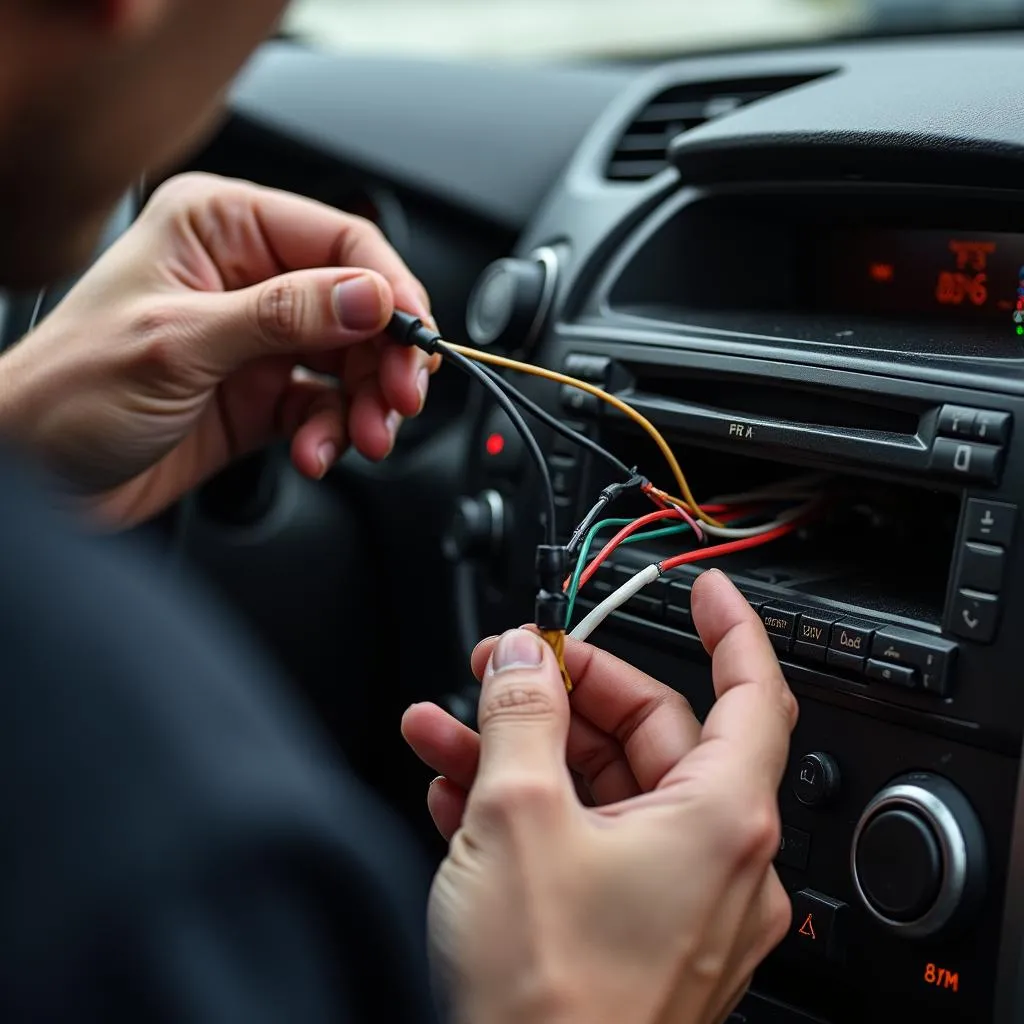A dead battery that refuses to charge can be incredibly frustrating. Whether you’re dealing with a car, motorcycle, or other vehicle, this issue can leave you stranded and searching for answers. This article will guide you through the common causes of a dead battery that won’t charge and provide practical solutions to get you back on the road. We’ll explore everything from simple checks to more complex diagnostic procedures.
Common Causes of a Dead Battery That Won’t Charge
Several factors can contribute to a dead battery that won’t take a charge. Some are simple to fix, while others require more in-depth troubleshooting.
Bad Battery Connections
Loose or corroded battery terminals can prevent the battery from charging properly. Check the terminals for any signs of corrosion or looseness.
Faulty Alternator
The alternator is responsible for charging the battery while the engine is running. A faulty alternator can prevent the battery from receiving a charge, leading to a dead battery.
Parasitic Drain
A parasitic drain occurs when an electrical component continues to draw power even when the vehicle is off. This can slowly drain the battery over time, eventually leading to a dead battery that won’t charge. Examples include interior lights left on, faulty door switches, or aftermarket accessories wired incorrectly.
Bad Battery
Sometimes, the battery itself is simply worn out. Internal damage or age can prevent it from holding a charge.
Troubleshooting a Dead Battery
-
Check the battery terminals: Inspect the battery terminals for corrosion or looseness. Clean any corrosion with a wire brush and baking soda solution. Tighten any loose connections.
-
Test the alternator: Use a multimeter to test the alternator’s output voltage. A healthy alternator should produce around 14 volts.
-
Check for parasitic drain: Use a multimeter to measure the current draw with the ignition off. A high current draw indicates a parasitic drain.
-
Test the battery: Have the battery tested at an auto parts store. They can determine if the battery is holding a charge or needs replacement.
Remote Diagnostic and Programming Solutions
In some cases, remote diagnostic and programming services can help identify and resolve the issue without needing a physical visit to a mechanic. These services can access your vehicle’s computer system remotely to identify any fault codes or software issues that may be contributing to the problem. honda prelude brake lamp warning light can sometimes indicate electrical issues that might affect battery charging.
“Remote diagnostics can be a powerful tool for identifying complex electrical issues that can be difficult to diagnose with traditional methods,” says John Smith, Senior Automotive Electrical Engineer at AutoTech Solutions.
Preventing Future Battery Problems
- Regularly clean the battery terminals.
- Have your battery and alternator tested periodically.
- Address any electrical issues promptly.
- Be mindful of leaving lights or accessories on when the vehicle is off.
“Preventive maintenance is key to avoiding dead battery situations,” adds Jane Doe, Lead Technician at AutoCare Center. “Regular checks can save you time, money, and frustration in the long run.”
Conclusion
A dead battery that won’t charge can be a major inconvenience. By understanding the common causes and following the troubleshooting steps outlined in this article, you can quickly identify the problem and get your vehicle back on the road. Remember to prioritize preventive maintenance to avoid future battery problems. Don’t let a dead battery keep you from your destination.

